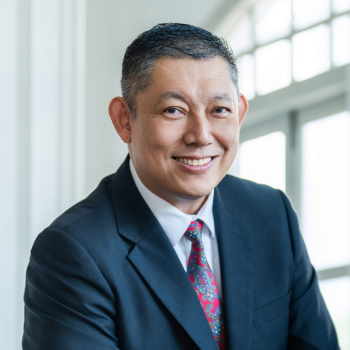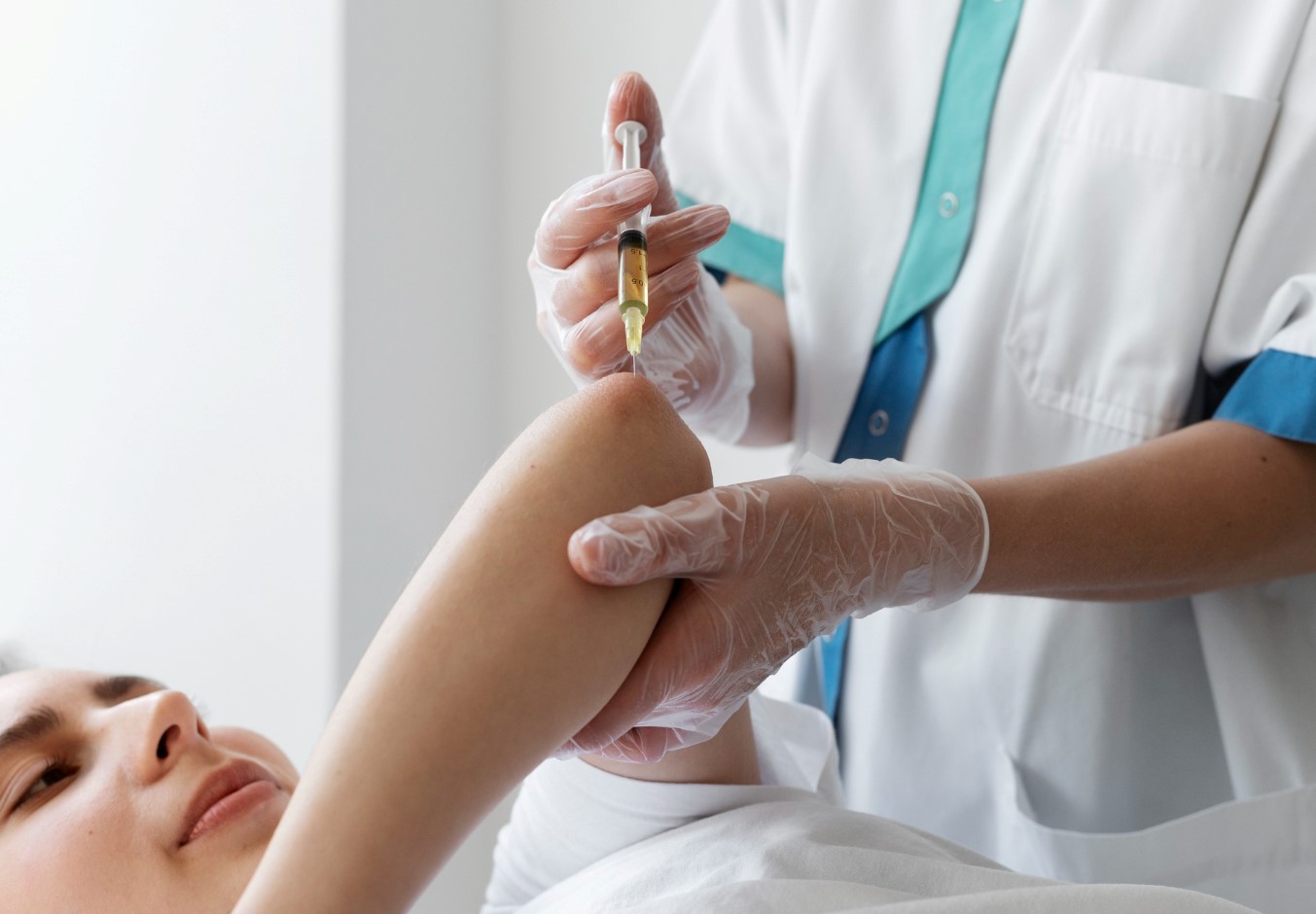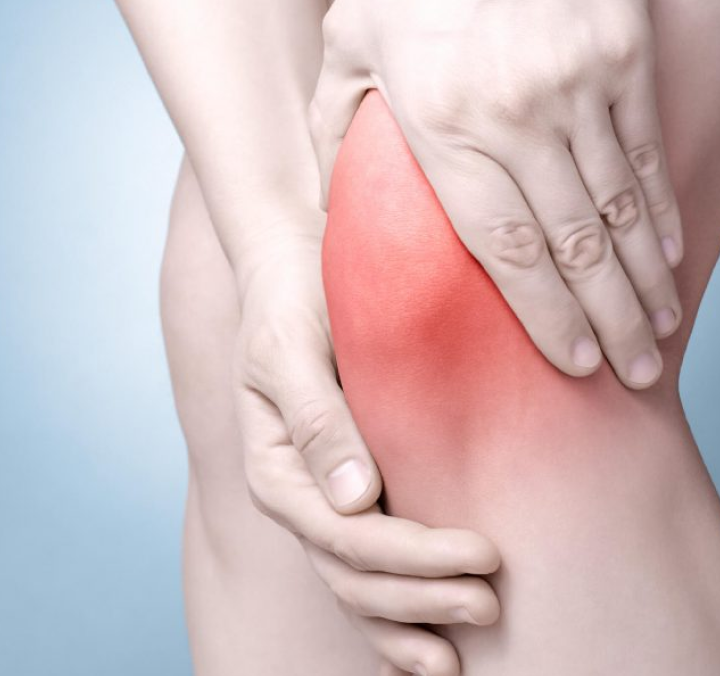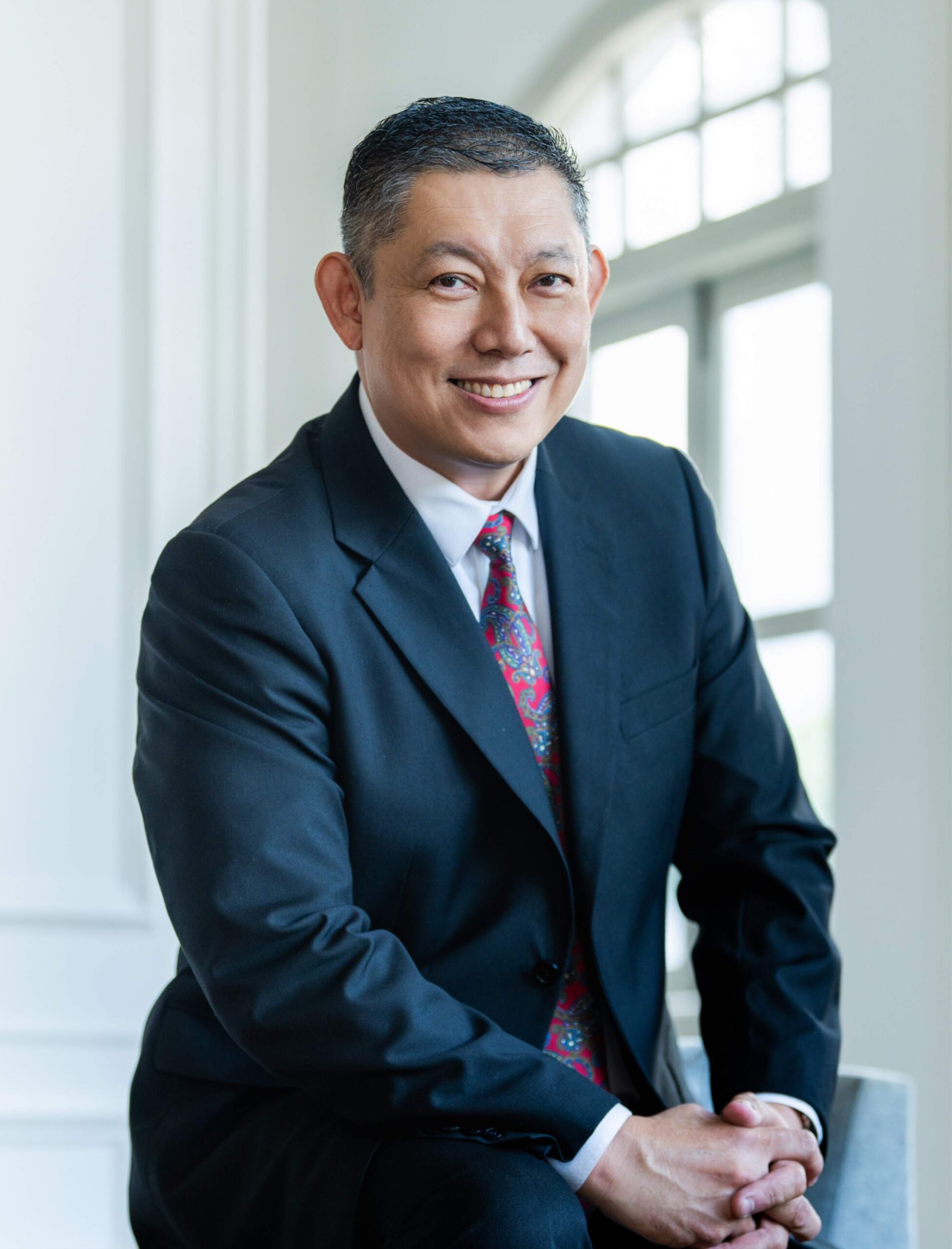Platelet-Rich Plasma (PRP) Therapy

Dr Chiam Tut Fu

MBBS (Singapore)
MSS (Sports Medicine) (USA)
MMed (OM) (Singapore)
GDOM (Singapore)
DWD (Singapore)

Introduction
Platelet-Rich Plasma (PRP) Therapy harnesses the body's own healing mechanisms to address various conditions. It utilises a patient's own platelets to accelerate healing and recovery, offering a promising alternative to more invasive procedures.
What is Platelet-Rich Plasma?
Platelet-Rich Plasma (PRP) is a concentration of platelets derived from a patient’s own blood. Platelets are cells that play a crucial role in the body’s healing processes, as they release growth factors and other proteins that promote tissue repair and regeneration. In PRP therapy, a sample of the patient’s blood is processed to create a solution rich in platelets, which is then injected into the affected area to stimulate and enhance healing.

Conditions Treated with PRP Therapy
PRP therapy is versatile and can be used to treat a range of musculoskeletal conditions, including:
- Osteoarthritis: PRP injections can help to alleviate pain and improve joint function.
- Tendon injuries: PRP therapy can accelerate healing in conditions such as tennis elbow or Achilles tendonitis.
- Ligament injuries: PRP can aid in the recovery of sprained knees and other ligament injuries.
- Muscle injuries: PRP can be used to treat acute muscle injuries, such as those sustained in sports.
The PRP Therapy Procedure
The PRP therapy procedure is relatively straightforward and can be performed in an outpatient setting. A small sample of the patient’s blood is drawn. This blood is then placed in a centrifuge, a machine that spins at high speed to separate the blood components.
The platelet-rich portion of the blood is extracted and may be combined with a local anaesthetic to enhance patient comfort. The PRP solution is then injected directly into the affected area, where it initiates and enhances the body’s natural healing processes.

Dr Chiam Tut Fu 
(詹达夫医生)
MBBS (Singapore)
MSS (Sports Medicine) (USA)
MMed (OM) (Singapore)
GDOM (Singapore)
DWD (Singapore)
Dr Chiam is a MOH accredited Specialist in Sports Medicine and has practised medicine for over 30 years.
Dr Chiam Tut Fu obtained his MBBS from National University of Singapore in 1990. He went on to obtain his Masters in Sports Science (Sports Medicine) from the United States Sports Academy, graduating as the year’s outstanding student, and Masters of Medicine (Occupational Medicine) from the National University of Singapore.
Key Interests:
- Non-surgical treatment of sports injuries
- Non-surgical treatment of degenerative conditions
- Nutraceuticals for healthy ageing and exercise performance
Need Advice On Your Condition?
Do you have an enquiry about your sports injury or body joint condition? Please leave us a message and we will be in touch with you shortly.
Mon to Fri: 9:00am – 1:00pm
2:00pm – 6:00pm
Sat: 9:00am – 1:00pm
Sun & PH: Closed
Singapore Paincare Center
Paragon Medical Centre, #18-03
290 Orchard Road, Singapore 238859
Partnered Programs & Insurance Plans
For Singaporeans, Singapore Permanent Residents and Foreigners.
Please speak to our friendly clinic staff about using your insurance plans.
Frequently Asked Questions
How many PRP injections will I need?
The number of PRP injections required can vary depending on the specific condition being treated, the severity of the condition, and the patient’s individual response to therapy. This would be determined by your specialist.
What are the potential side effects of PRP therapy?
PRP therapy is generally safe as it is injecting patient’s own cells and tissues to stimulate healing. Potential side effects of PRP therapy can include pain at the injection site, swelling, and redness.
How long does it take to see results from PRP therapy?
The timeline for seeing results from PRP therapy can vary. Some patients may notice improvement within a few weeks, while for others it may take several months. PRP therapy often involves a gradual process of healing and tissue regeneration.
Is PRP therapy painful?
Some discomfort can be expected during the PRP injection, although a local anaesthetic is often used to enhance patient comfort. Post-procedure, there may be some temporary soreness or swelling in the treated area.
Can PRP therapy be used in combination with other treatments?
Yes, PRP therapy can often be used in combination with other treatments as part of a comprehensive treatment plan. This can include physical therapy, medication, or other non-surgical treatments. The suitability of combining PRP therapy with other treatments would be determined by your specialist.